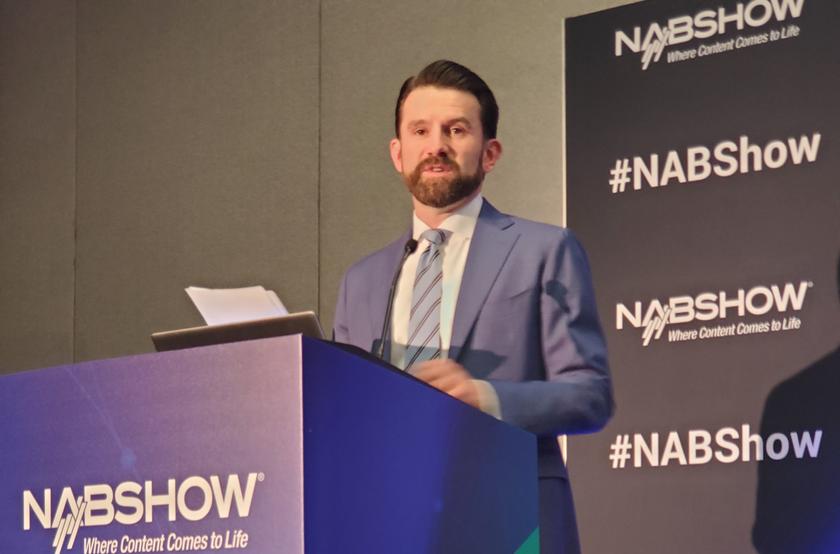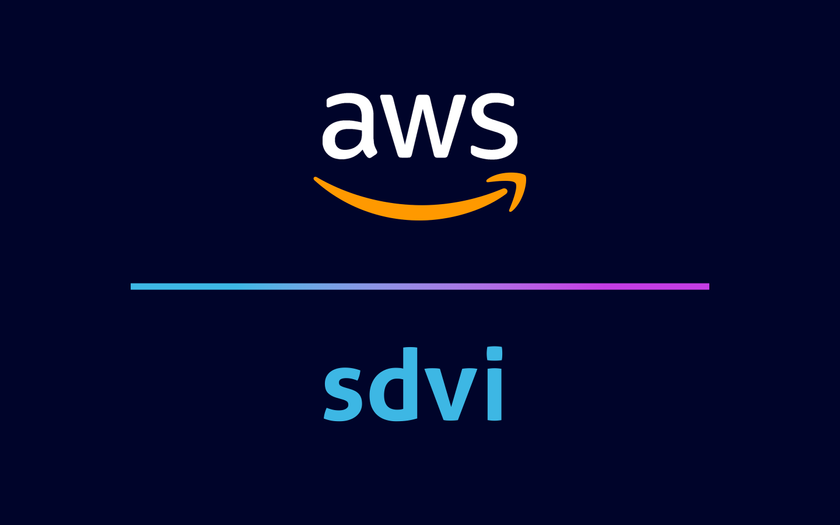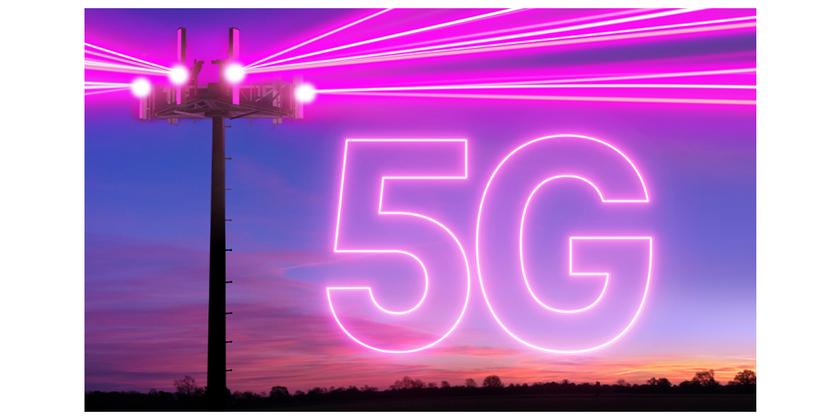Connected Devices, Rise of SVOD Causing 'Seismic' Shift in U.S. TV Market
Although the U.S. video and TV industry saw a meager 1 percent growth in consumer spending in 2018, the small uptick masks a “seismic” shift in how viewers consume television, according Futuresource Consulting.
That shift is being driven by several phenomenons, according to the market researcher: The increasing presence of connected devices, the rise of subscription-based video on demand (SVOD) services such as Netflix, Hulu and Amazon Prime, and perhaps most importantly, the increasing consolidation in the media industry that is being driven by these changes.
“There’s no doubt that 2018 was a significant year for the US video and TV industries,” comments David Sidebottom, Principal Consultant at Futuresource Consulting. “The entertainment landscape was redefined with companies changing their strategies and undergoing some major M&A activity. Disney’s proposed acquisition of Fox and confirmation of its direct-to-consumer service, Disney+, along with the completion of AT&T’s acquisition of Time Warner, were key moments in a turbulent twelve months. Internationally, Comcast’s acquisition of Sky brings two like-minded companies together, both considered to have best-in-class pay-TV service offerings. It also provides Comcast with wider geographical reach and entry into key European markets. Such acquisitions and collaboration will help redefine customer relationships and play a pivotal role in the battle for the living room, but the dust isn’t going to settle any time soon.”
But despite the ongoing consolidation, Futuresource expects the market will become more fragmented, something that Sidebottom attributes to increasing concerns about private data.
“Many consumers don’t like the idea of relying solely on one company to control the living room and smart home,” says Sidebottom. “They may feel uncomfortable with a single brand being responsible for so much of their personal data. As a result, the wider sector will stay competitive, but there will no doubt be further consolidation. Those with big aspirations of becoming super aggregators of services will need deep pockets and the determination to evolve beyond entertainment.”
The strength of SVOD is reflected in the fact that, for the first time ever, SVOD revenues exceeded video rental and purchase revenues for the first time. Futuresource predicts that SVOD revenues will have risen 30 percent in 2018 while it expects a 2 percent decline in pay-TV revenues for 2018 to $97 billion. Futuresource says pay-TV will continue to play a significant role for the near future, however, accounting for more than two-thirds of total entertainment spending through 2022.
Futuresource also thinks the TV set will continue to be a key driver in streaming adoption. “Despite the growth in second screen viewing, the TV screen remains the preferred viewing platform for premium streaming services,” the researcher said.
Get the TV Tech Newsletter
The professional video industry's #1 source for news, trends and product and tech information. Sign up below.
Tom has covered the broadcast technology market for the past 25 years, including three years handling member communications for the National Association of Broadcasters followed by a year as editor of Video Technology News and DTV Business executive newsletters for Phillips Publishing. In 1999 he launched digitalbroadcasting.com for internet B2B portal Verticalnet. He is also a charter member of the CTA's Academy of Digital TV Pioneers. Since 2001, he has been editor-in-chief of TV Tech (www.tvtech.com), the leading source of news and information on broadcast and related media technology and is a frequent contributor and moderator to the brand’s Tech Leadership events.










